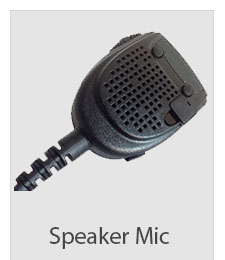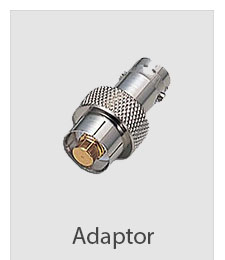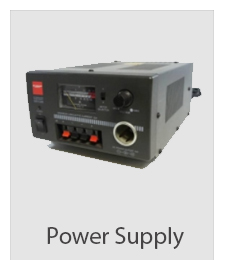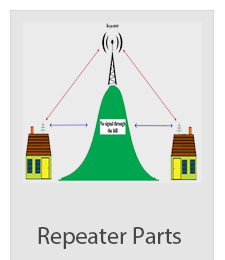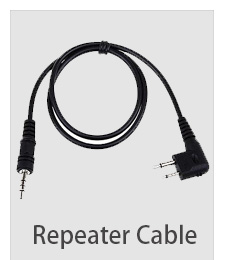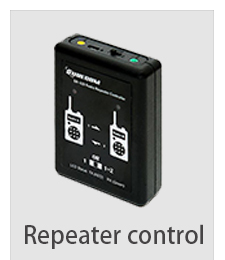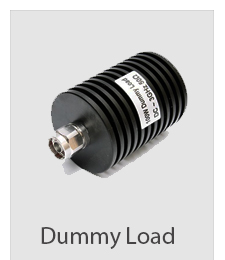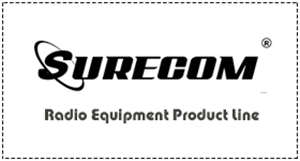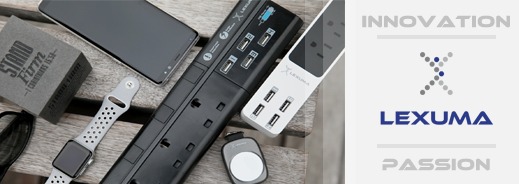Understanding the Software Defined Radio Receiver SDR
The software defined radio, SDR, technology is able to provide some significant advantages over traditional hardware based radio designs. Using the power of digital processing, software defined radios are being used in many different applications in many different areas.
The basic concept of the SDR software radio is that the radio can be totally configured or defined by the software so that a common platform can be used across a number of areas and the software used to change the configuration of the radio for the function required at a given time. There is also the possibility that it can then be re-configured as upgrades to standards arrive, or if it is required to meet another role, or if the scope of its operation is changed.
Software defined radio applications
The SDR software radio concept is applicable to many areas of use:
- Mobile communications: Software defined radios are very useful in areas such as mobile communications. By upgrading the software it is possible to apply changes to any standards and even add new waveforms purely by upgrading the software and without the need for changes to the hardware. This can even be done remotely, thereby providing considerable savings in cost.
- Research & development: The software defined radio, SDR is very useful in many research projects. The radios can be configured to provide the exact receiver and transmitter requirements for any application without the need for a total hardware design from scratch.
- Military: The military have made much use of software defined radio technology enabling them to re-use hardware and update signal waveforms as needed.
- Amateur radio: Radio hams have very successfully employed software defined radio technology, using it to provide improved performance and flexibility.
- Other: There are very many other applications that can make use of SDR technology, enabling the radio to be exactly tailored to the requirements using software adjustments.
There are many opportunities for considering the use of the software defined radio, SDR, concept. As time progresses and the technology moves forward, it will be possible to use the concept in new areas.
Software defined radio definition
Although it may sound a trivial exercise, creating a definition for the software defined radio is not as simple as it seems. It is also necessary to produce a robust definition for many reasons including regulatory applications, standards issues, and for enabling the SDR technology to move forwards more quickly.
Many definitions have appeared that might cover a definition for a software defined radio, SDR. The SDR Forum themselves have defined the two main types of radio containing software in the following fashion:
- Software Controlled Radio: Radio in which some or all of the physical layer functions are Software Controlled. In other words this type of radio only uses software to provide control of the various functions that are fixed within the radio.
- Software Defined Radio: Radio in which some or all of the physical layer functions are Software Defined. In other words, the software is used to determine the specification of the radio and what it does. If the software within the radio is changed, its performance and function may change.
Another definition that seems to encompass the essence of the Software Defined radio, SDR is that it has a generic hardware platform on which software runs to provide functions including modulation and demodulation, filtering (including bandwidth changes), and other functions such as frequency selection and if required frequency hopping. By reconfiguring of changing the software, then the performance of the radio is changed.
To achieve this the software defined radio technology uses software modules that run on a generic hardware platform consisting of digital signal processing (DSP) processors as well as general purpose processors to implement the radio functions to transmit and receive signals.
In an ideal world the signal at the final frequency and at the correct level would emanate, and similarly for reception, the signal from the antenna would be directly converted to digits and all the processing be undertaken under software control. In this way there are no limitations introduced by the hardware. To achieve this, the Digital to Analogue conversion for transmission would need to have a relatively high power, dependent upon the application and it would also need to have very low noise for receive. As a result full software definition is not normally possible.
JTRS SDR
One major initiative that uses the SDR, software defined radio, is a military venture known as the Joint Tactical Radio System, JTRS. Using this a single hardware platform could be used and it could communicate using one of a variety of waveforms simply by reloading or reconfiguring the software for the particular application required.
This is a particularly attractive proposition, especially for coalition style operations where forces from different countries may operate together. Radios could be re-configured to enable communications to occur between troops from different countries, etc.
|







